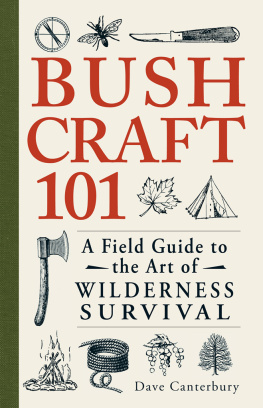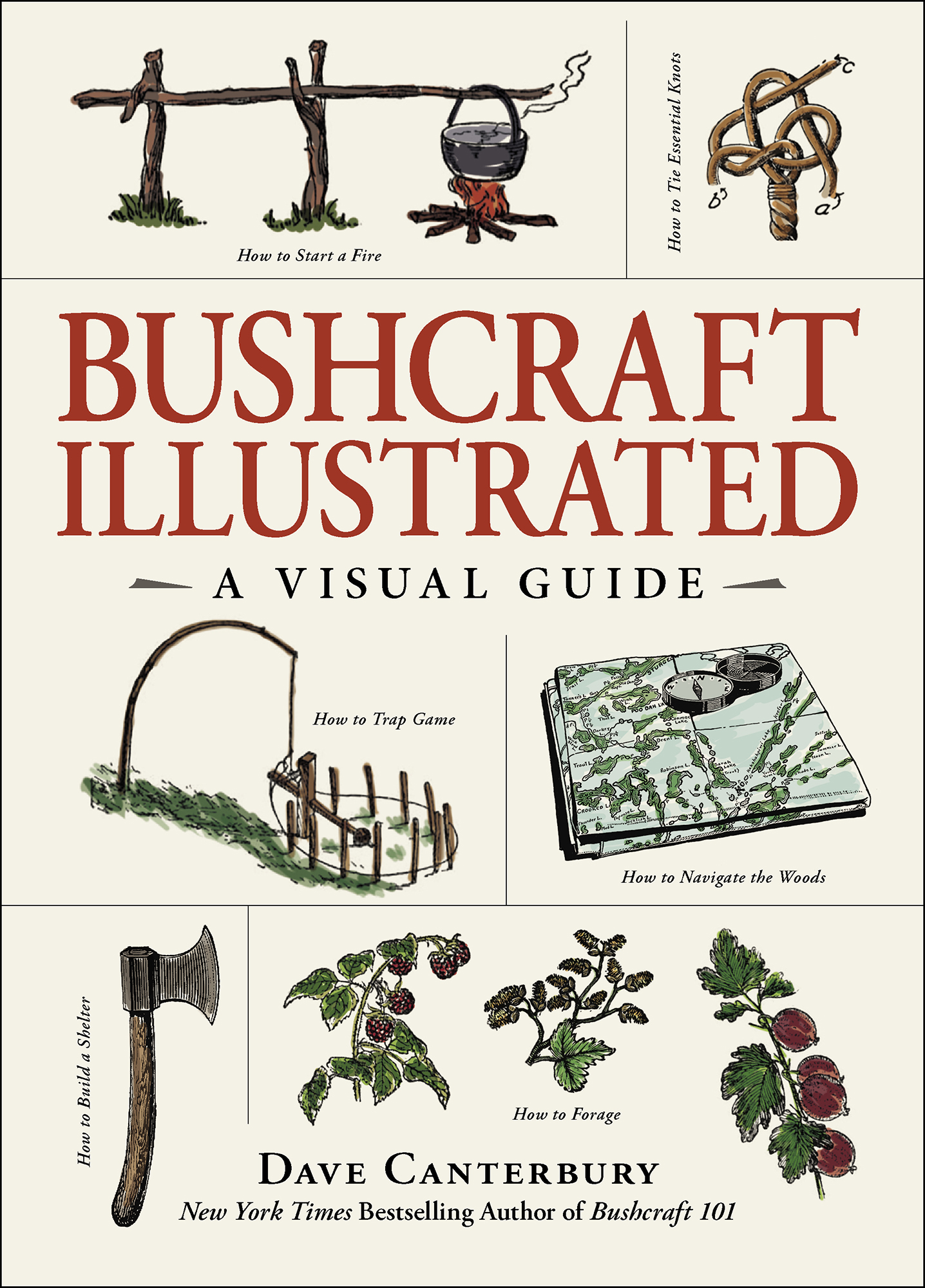Contents
Guide

Adams Media
An Imprint of Simon & Schuster, Inc.
57 Littlefield Street
Avon, Massachusetts 02322
www.SimonandSchuster.com
Copyright 2019 by Simon & Schuster, Inc.
All rights reserved, including the right to reproduce this book or portions thereof in any form whatsoever. For information address Adams Media Subsidiary Rights Department, 1230 Avenue of the Americas, New York, NY 10020.
First Adams Media hardcover edition May 2019
ADAMS MEDIA and colophon are trademarks of Simon & Schuster.
For information about special discounts for bulk purchases, please contact Simon & Schuster Special Sales at 1-866-506-1949 or .
The Simon & Schuster Speakers Bureau can bring authors to your live event. For more information or to book an event contact the Simon & Schuster Speakers Bureau at 1-866-248-3049 or visit our website at www.simonspeakers.com.
Interior design by Frank Rivera and Colleen Cunningham
Interior illustrations by Eric Andrews; Claudia Wolf; MDC Staff, courtesy Missouri Department of Conservation
Cover design by Erin Alexander
Cover images Clipart.com
Library of Congress Cataloging-in-Publication Data
Names: Canterbury, Dave, author.
Title: Bushcraft illustrated / Dave Canterbury, New York Times bestselling author of Bushcraft 101.
Description: Avon, Massachusetts: Adams Media, 2019.
Series: Bushcraft.
Includes index.
Identifiers: LCCN 2018033603 (print) | LCCN 2018033996 (ebook) | ISBN 9781507209028 (hc) | ISBN 9781507209066 (ebook)
Subjects: LCSH: Wilderness survival--Handbooks, manuals, etc. | Outdoor life--Handbooks, manuals, etc. | Outdoor recreation--Handbooks, manuals, etc. | Camping--Handbooks, manuals, etc. | Camping--Equipment and supplies--Handbooks, manuals, etc.
Classification: LCC GV200.5 (ebook) | LCC GV200.5 .C374 2018 (print) | DDC 613.6/9--dc23
LC record available at https://lccn.loc.gov/2018033603
ISBN 978-1-5072-0902-8
ISBN 978-1-5072-0906-6 (ebook)
Many of the designations used by manufacturers and sellers to distinguish their products are claimed as trademarks. Where those designations appear in this book and Simon & Schuster, Inc., was aware of a trademark claim, the designations have been printed with initial capital letters.
Readers are urged to take all appropriate precautions before undertaking any how-to task. Always read and follow instructions and safety warnings for all tools and materials, and call in a professional if the task stretches your abilities too far. Although every effort has been made to provide the best possible information in this book, neither the publisher nor the author is responsible for accidents, injuries, or damage incurred as a result of tasks undertaken by readers. This book is not a substitute for professional services.
Contains material adapted from the following titles published by Adams Media, an Imprint of Simon & Schuster, Inc.: Bushcraft 101 by Dave Canterbury, copyright 2014, ISBN 978-1-4405-7977-6; The Bushcraft Field Guide to Trapping, Gathering, & Cooking in the Wild by Dave Canterbury, copyright 2016, ISBN 978-1-4405-9852-4; Bushcraft First Aid by Dave Canterbury and Jason A. Hunt, PhD, copyright 2017, ISBN 978-1-5072-0234-0.

Introduction

BUSHCRAFT COMES FROM a desire to reconnect with nature. Its the skills you need to be able to use what you have in the outdoors to help you survive. This book is an illustrated guide to help you acquire that knowledge, showing you exactly how these tools and skills can be used.
It is important in bushcraft to be fully aware of the natural world around you. I often tell my students to become a naturalist first and a bushcrafter second. Thats because so much of what you need to survive in the wilderness is provided by the wilderness itself. Naturalists and authors like Richard Graves and Mors Kochanski who helped develop the practice meant for bushcraft to be a set of skills that allowed you to effectively create what you need from what youre able to find.
Carrying a simple survival kit is always the best plan. Youll be able to bring these items with you in order to work with the materials you find. This book catalogs the most beneficial items youll want to carry into the woods as theyre more difficult to reproduce from natural materials.
You will then use what you packed to create what you need. You will focus on crafting a myriad of necessitiesfrom traps to shelter to other useful campsite items. Making traps and other food-gathering devices helps to supplement and cut down on the food you need to pack. Building shelter out of natural materials helps you reconnect with nature since you wont have to sleep in tents made of synthetic fabrics. Crafting campsite items makes things more convenient, cutting down on the gear you need to carry and allowing you to replace any damaged gear.
While I have no aversion to the latest and best in modern technology, I find that many times it takes away from the experience of being in the wild. Through the illustrations and instructions included in this book, you should learn about the basic gear and skills you will need to enjoy the wilderness as it is intended. To truly connect with nature requires us to be close to it. While these skills can be used in a bushcraft trip into the woods, you can also use and perfect them in your own backyard or park while camping, canoeing, hunting, fishing, or even homesteading.
I hope you will enjoy this book and your time in nature and, remember, it is always best to be prepared.
Dave Canterbury
CHAPTER 1
PACKS
THERE ARE, OF COURSE , certain elements of kit that we carry into the woods, even though, in the spirit of bushcraft, we prefer to make them from the landscape. I generally prefer to carry only a few items in and make what I need otherwise. After all, this is the essence of bushcraft. But not everyone has the land, resources, or ability to make every single shelter and bed from scratch, nor do we always have the time to make clay pots to cook food in prior to needing to eat. So some items should always be carried in the pack to keep you going.
You should never be fooled into thinking that carrying in kit means you are not practicing bushcraft. You can still make cook utensils, harvest wild edibles, catch and kill wild meat sources, create camp stools and chairs, create a candle holder or lamp hook from a tree fork, or build a tripod to hang your pot. All these things are also bushcraft.
A pack is truly one of the things that is best carried in, but that does not necessarily mean it cannot be made from natural materials later. It could even be put together as a DIY project. I look at the pack as another container, except for carrying tools instead of water or food. In this chapter, Ill show you some of my favorite types of packs, and Ill give you some instructions on how to make your own.

CHOOSE A PACK

When youre choosing a pack, youll want something that can contain your kit but isnt too complicated to use. I am a big fan of simplicity and the pack you use does not have to be the fanciest design or the latest and greatest lightweight fabric and technological suspension system. Any canvas bag will work fine. You can also fashion a pack frame easily and attach a simple canvas sack to it in the beginning if you choose to.













 Introduction
Introduction 
 CHOOSE A PACK
CHOOSE A PACK 